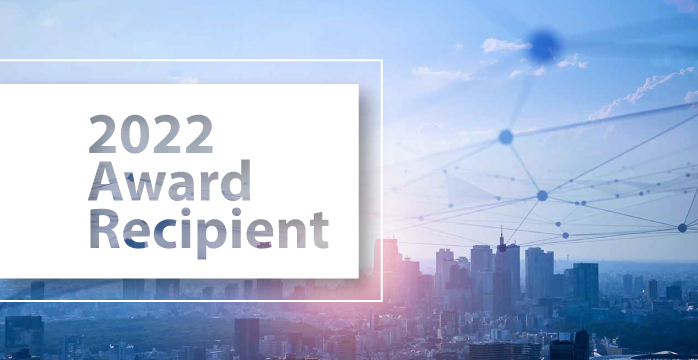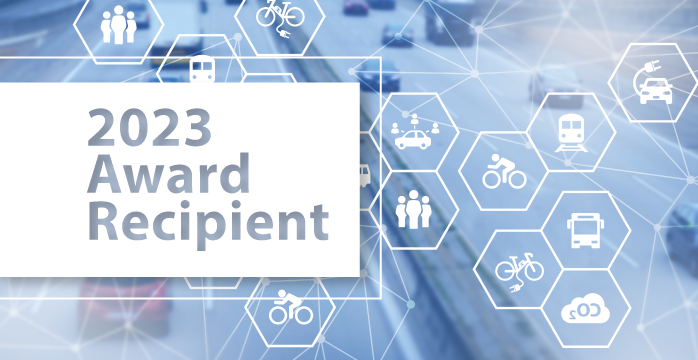Overcoming battery, charging infrastructure and price restraints will rapidly accelerate market growth, finds Frost & Sullivan’s Mobility team
SANTA CLARA, Calif. – Feb. 9, 2017 – Impending emission regulations such as EPA-II in North America and Euro 7 in Europe, coupled with federal incentives to support low-no emission transportation and rising profile of shale gas are reviving the market for alternate and clean powertrain technologies. Although diesel will continue to be the most popular fuel type, by 2025, 6.3 percent of all medium-heavy duty (MD-HD) trucks and buses in North America will have hybrid/full electric powertrains, while 10.9 percent will have natural gas (NG) powertrains. In Europe, 8 percent of all MD-HD trucks and buses will be hybrid-electric (H&E), while 9.9 percent will have NG powertrains.
Frost & Sullivan’s latest analysis, Hybrid-Electric Truck and Bus Market Growth Trajectories in North America and Western Europe, finds that EPA Phase II implementation from 2021 onward, will keep North American on top when it comes to OEM use of H&E drives. Nonetheless, economic and political uncertainties will affect uniform implementation of Euro 7 standards across Europe, reigning in H&E drive expansion.
Click here for complimentary access to more information on this analysis and to register for a Growth Strategy Dialogue, a free interactive briefing with Frost & Sullivan thought leaders.
“The slew of launches by traditional truck and bus original equipment manufacturers such as Daimler AG and Volvo group, as well as start-ups like Tesla, Nikola and Protera, has added impetus to the adoption of H&E technology in North America and Europe,” said Frost & Sullivan Mobility Research Analyst Chandramowli Kailasam.“Eventually, advancements in battery technology and charging infrastructure, as well as, volumes of scales achievable with giga factories will ignite the H&E demand for commercial vehicles.”
Commercial viability, incentives, pay load and range per charge will greatly influence truck manufacturers’ adoption of H&E drives. Urban delivery and refuse and work trucks are likely to be early users of these powertrains. Meanwhile, all transit bus manufacturers in North America and Europe are expected to be mass producing e-Buses by 2019.
“Major truck and bus manufacturers are expected to host at least one H&E platform by 2020,” noted Kailasam. “Various technologies are expected to co-exist in the next decade, as manufacturers and suppliers narrow in on the optimal solution through an iterative process in real-world operations.”
Hybrid-Electric Truck and Bus Market Growth Trajectories in North America and Western Europe, part of Frost & Sullivan’s Automotive & Transportation Growth Partnership Subscription.
About Frost & Sullivan
Frost & Sullivan, the Growth Partnership Company, works in collaboration with clients to leverage visionary innovation that addresses the global challenges and related growth opportunities that will make or break today’s market participants. For more than 50 years, we have been developing growth strategies for the global 1000, emerging businesses, the public sector and the investment community. Contact us: Start the discussion
Hybrid-Electric Truck and Bus Market Growth Trajectories in North America and Western Europe
MC65-18
Contact:
Clarissa Castaneda
Corporate Communications – North America
P: 210.477.8481
F: 210.348.1003
E: [email protected]




